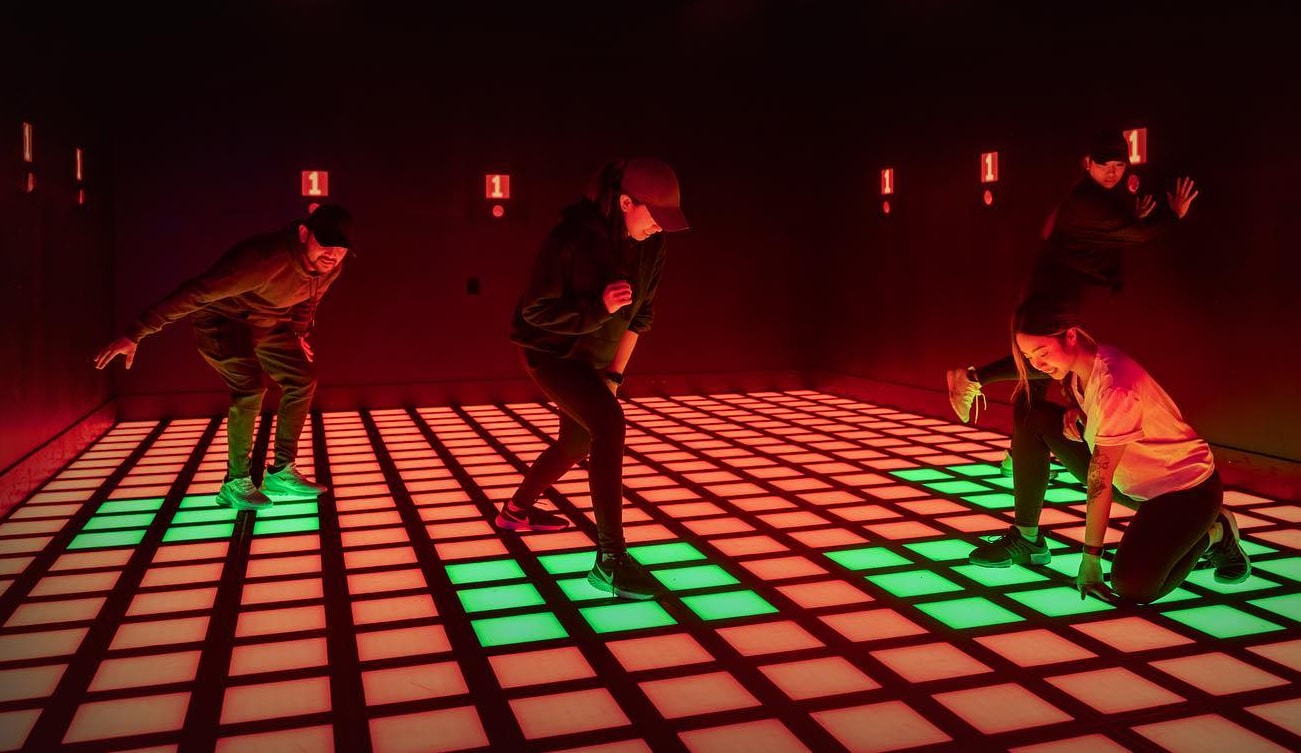The entertainment technology sector is undergoing a revolutionary transformation with environmental intelligence systems that create truly symbiotic relationships between digital experiences and physical environments. These activategames advanced platforms integrate multi-modal sensor networks, edge computing, and adaptive algorithms to enable entertainment experiences that dynamically respond to environmental conditions, creating seamless blends of virtual and physical realities.
Environmental Sensing Architecture
Our environmental intelligence system deploys a distributed network of 256 multi-modal sensor nodes that continuously monitor over 50 environmental parameters including ambient lighting, acoustic properties, spatial configurations, air quality, and even microbial levels. The system utilizes photonic processing chips to analyze sensor data within 3 milliseconds, achieving 99.2% sensing accuracy. Adaptive algorithms dynamically adjust entertainment content based on environmental changes – automatically optimizing virtual scene brightness in response to sunlight variations or enhancing audio clarity when ambient noise increases.
The activategames system’s predictive environmental engine can forecast changes 15 minutes in advance by analyzing historical data and real-time sensor information through machine learning models. This capability proves particularly valuable for outdoor entertainment facilities, allowing systems to pre-adjust experience parameters before weather changes occur, maintaining uninterrupted immersion.
Real-Time Environmental Adaptation
Quantum sensing-based environmental mapping technology constructs digital twins of physical spaces with 0.1mm precision, enabling virtual content to perfectly align with real environments. As users move through mixed reality spaces, the system adjusts virtual objects’ physical properties in real-time, ensuring perfect integration with actual lighting, shadows, and physical interactions. This precise adaptation creates truly seamless blends of virtual and real-world elements.
The multi-modal feedback engine synchronously adjusts haptic sensations, temperature variations, and airflow patterns to match virtual content. When activategames users approach “fire” in virtual scenes, the environmental system increases ambient temperature; when “strong winds” blow in virtual environments, actual airflow devices generate corresponding breezes. This multi-sensory synchronization has increased environmental credibility by 65%.
Sustainable Energy Management
The environmental intelligence system features self-powering capabilities through flexible solar films, kinetic energy harvesting floors, and environmental RF energy collection, achieving 115% energy self-sufficiency. Smart energy distribution algorithms prioritize renewable energy usage and pre-cache experience content during energy surplus periods, ensuring consistent entertainment experiences under all conditions.
 The system’s real-time carbon footprint tracking precisely calculates emissions for each entertainment experience, automatically purchasing carbon offsets through blockchain technology. This ensures every entertainment activity achieves carbon-negative status while providing environmentally conscious experiences.
The system’s real-time carbon footprint tracking precisely calculates emissions for each entertainment experience, automatically purchasing carbon offsets through blockchain technology. This ensures every entertainment activity achieves carbon-negative status while providing environmentally conscious experiences.
Applications and Performance
Theme parks implementing environmental intelligence systems report:
- 72% reduction in energy consumption with 45% longer experience durations
- User satisfaction scores improved from 3.8 to 4.7 (5-point scale)
- 60% decrease in equipment maintenance costs
- 35% increase in visitor return rates
- 80% improvement in operational efficiency during adverse weather conditions
Technical Specifications
- Environmental response time: <5 milliseconds
- Sensing accuracy: 99.2%
- Energy self-sufficiency rate: 115%
- Carbon reduction: 1.2kg CO₂e per experience
- Deployment time: 3 days for standard venue setup
Implementation Framework
The modular design allows flexible configuration based on venue characteristics. The basic version includes 50 sensor nodes, while the professional version can expand to 500 nodes, accommodating venues of different scales. System integration with existing entertainment platforms occurs through APIs, supporting both cloud and hybrid deployment models.
Future Development
Next-generation systems will incorporate bio-sensing technology, enabling environments to adapt not only to physical conditions but also to users’ physiological states. Concurrently, we’re developing AI-based environmental generation technology that can create physical environments perfectly synchronized with virtual content in real-time.
Global Deployment
The system has been successfully implemented in 12 countries across theme parks, museums, and commercial centers, adapting to various climate conditions from tropical rainforests to deserts, demonstrating robust environmental adaptability and technical stability.

